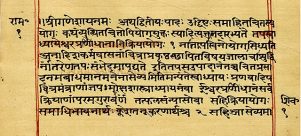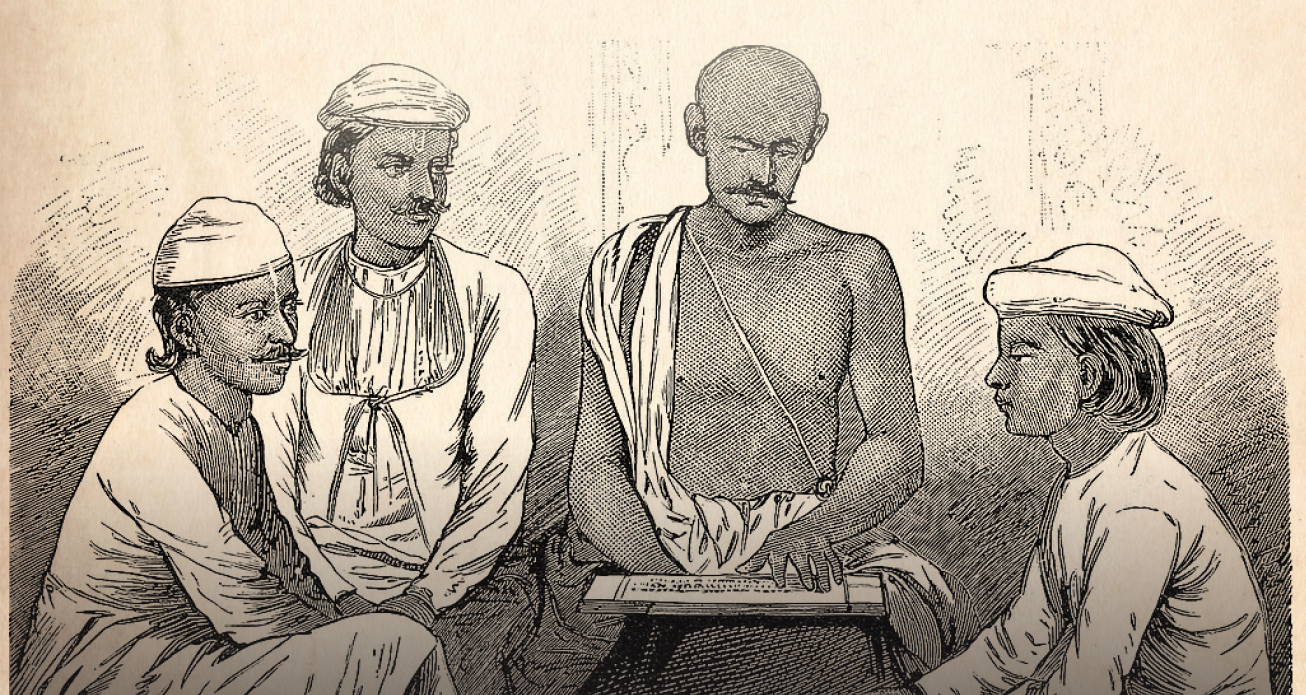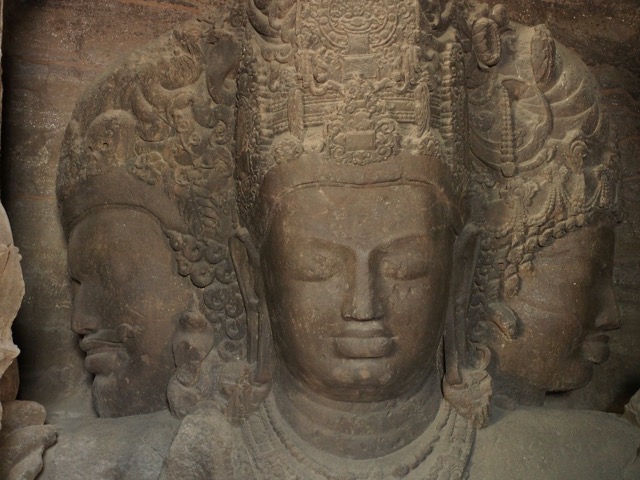Samkhya Philosophy
Article By Miha Kosir
 Samkhya is regarded as the oldest philosophical system in Hinduism and its teachings can be found in the Bhagavad Gita. Samkhya has a dualistic view based on two main components which constitute the whole of reality, namely, spirit (Purusha) and matter (Prakriti).
Samkhya is regarded as the oldest philosophical system in Hinduism and its teachings can be found in the Bhagavad Gita. Samkhya has a dualistic view based on two main components which constitute the whole of reality, namely, spirit (Purusha) and matter (Prakriti).
Everything that exists is the result of the evolution of prakriti, but the first impulse of evolution is caused by the contact of purusha with prakriti, which creates a kind of imbalance in prakriti and sets it in motion. Prakriti also has an innate tension created by its three constituent parts, each with its own quality: Tamas: inertia or heaviness, Rajas: activity or passion, and Sattva: lightness or purity. These three qualities or modes, called gunas, in combination create the array of the manifested universe. This is also the reason why the universe is in constant flux, as long as it is evolving.
When we speak of matter, we have to acknowledge that matter can be very subtle. According to Samkhya philosophy, matter has been evolving successively and the first step in evolution which came forth as an illumination of prakriti by purusha was Mahat. Mahat is like a cosmic mind or cosmic intellect, and when it became aware of itself we have the second step of evolution, Ahamkara, the sense of ‘I’, the ego. And the third step which evolves from sattvic Ahamkarais Manas, a more individualised portion of mind. Understanding this, it becomes clear that the whole universe is pervaded by mind, intelligence, and also, we can see that mind and thoughts are part of prakriti, matter.
Matter itself is only a potentiality without consciousness. A good example of the linkage between purusha and prakritiis light. Light or purusha is not visible by itself; it needs a medium onto which it can project itself, and that medium is prakriti. If we want to watch a movie with a projector, we need a screen; without one it is impossible. Another good example of their interplay is the image of a blind man carrying a disabled man who can see, with prakriti playing the part of the blind man. In this way we see how movement and consciousness are linked.
Samkhya philosophy has a counterpart in the system of yoga, which enabled the philosophy to come forth in practice. The aim of yoga is to unite with our true self, which is purusha and by that we find liberation. The main exponent of the science of yoga is Patanjali, who lived somewhere between 400-200 BCE, through his work the Yoga Sutras. The second sutra summarises the work of yoga: “Yoga is the inhibition of the modifications of the mind.”
What does it mean to inhibit the modifications of the mind and why is it important? In the analogy of light, if the screen is moving the projection will not be true to its original image. Which means that if the mind is not still, we only receive a modified image, which gives rise to embodied consciousness, which is what we identify with. We must be reminded that the consciousness that arises through our mind is not the same as purusha.
So we come to a problem: what is disturbing the surface? Our every action, including just making a thought, creates an impression which is stored in our subconsciousness. Those impressions are called Samskaras and arise from the subconscious without our control. They are like vertices, creating a ripple effect on the surface of our mind. Again, this is a very subtle mechanism which is not easy for us to notice or recognise. The problem is that we identify ourselves with those conditions, while the real self is purusha, unchangeable consciousness. In the human being this element is called Atma.
One of the major problems of our existence is therefore the problem of our false identification, which arises from the profound ignorance of true self. The whole process of evolution, according to Samkhya philosophy, is to realise who we are in our essence. The third sutra of the Yoga Sutras states that, when the mind is still, “then the practitioner is established in his own essential and fundamental nature.”
In that stillness the consciousness will shine through as a bliss and the universe will reveal its mystery; until then everything is just theory. All these steps are inevitable… this is the eternal law.
Image Credits: By Ms Sara Welch | Wikimedia Commons | CC BY-SA 4.0
The entity posting this article assumes the responsibility that images used in this article have the requisite permissionsImage References
By Ms Sara Welch | Wikimedia Commons | CC BY-SA 4.0
Permissions required for the publishing of this article have been obtained




What do you think?